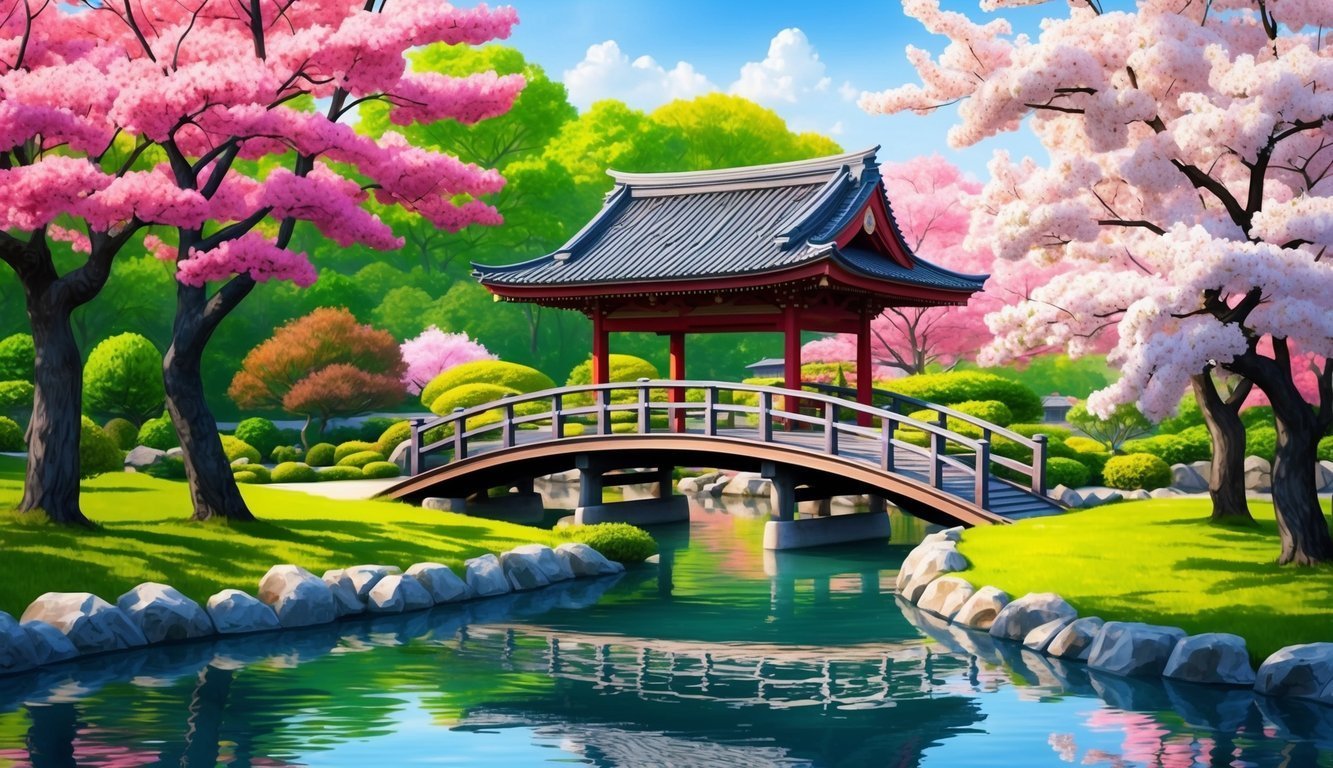Sendai, the capital of Miyagi Prefecture, is a vibrant city located in the Tohoku region of Japan. The city is famous for its lush greenery and rich cultural history. Founded by the powerful feudal lord Date Masamune in 1600, this city beautifully blends historical significance with modern life, making it a perfect destination for travelers seeking both adventure and relaxation.
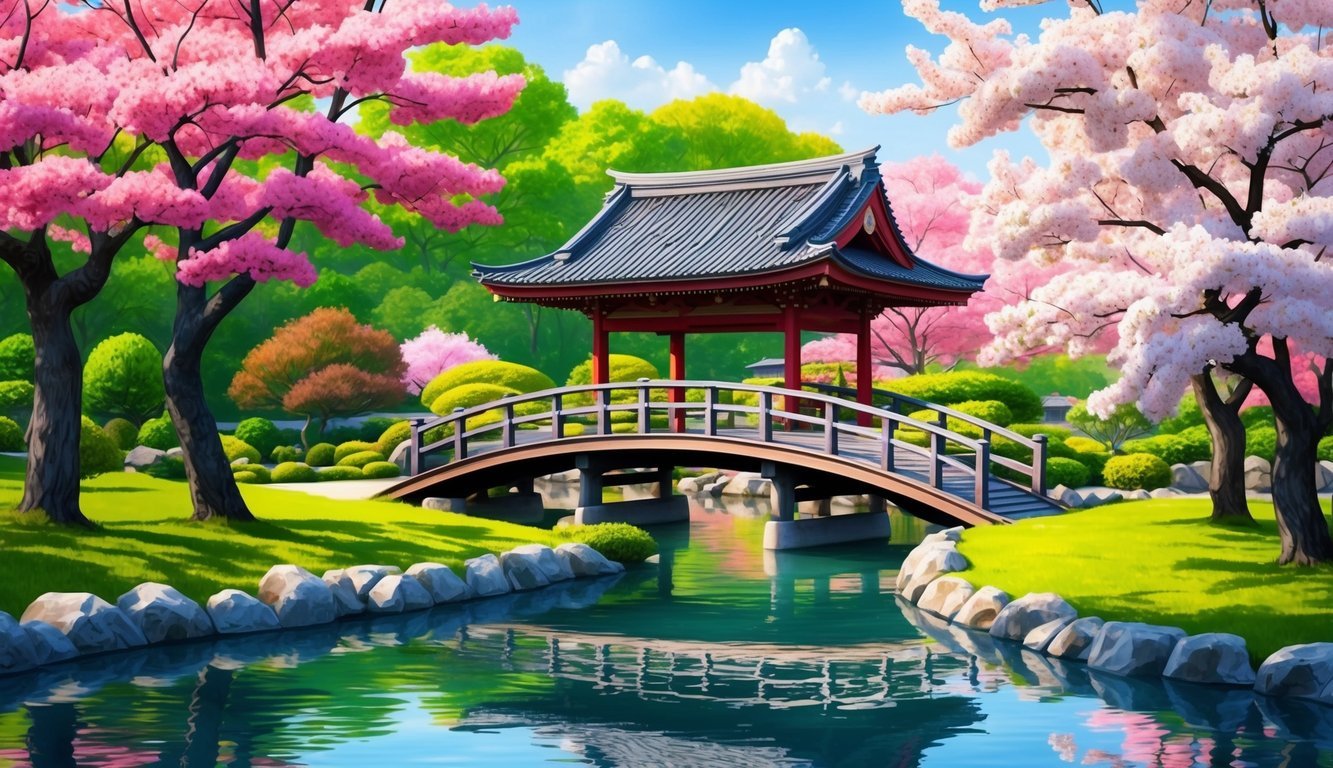
As you explore Sendai, you’ll discover a variety of attractions, from historic sites to lively festivals.
You can savor delicious local cuisine and enjoy stunning natural landscapes, including the nearby Matsushima Bay, which is often celebrated as one of Japan’s three most scenic views.
With its favorable climate and welcoming locals, Sendai offers a unique experience that will leave you wanting more.
Whether you’re wandering through the bustling streets or relaxing in one of its many parks, Sendai invites you to explore its beauty and charm.
This city has something for everyone, making it a must-visit on your journey through Japan.
Key Takeaways
- Sendai is known for its rich history, especially related to Date Masamune.
- The city offers a mix of cultural experiences and stunning natural views.
- Local cuisine provides unique flavors you won’t want to miss.
History and Culture
Sendai has a rich history shaped by its founders and vibrant culture.
From the legendary figures who built the city to the modern-day festivals that celebrate its heritage, you’ll find many ways to connect with its past and present.
The Legacy of Date Masamune
Date Masamune, known as the “One-Eyed Dragon,” is a central figure in Sendai’s history.
He founded the city in 1600 and worked to develop it into a political and cultural hub.
His influence is still evident today.
Masamune was not just a warrior but also a patron of the arts.
He promoted culture and education, which helped shape Sendai into a center for learning.
His legacy lives on through landmarks and the traditions of the city.
Historical Sites
Sendai boasts several historical sites that tell the story of its past.
You can visit the ruins of Sendai Castle, originally built by Date Masamune, which offer stunning views of the city.
The castle grounds also feature a beautiful park, perfect for a leisurely walk.
Another important site is Zuihoden, the mausoleum of Date Masamune.
This beautifully crafted structure showcases intricate woodwork and is surrounded by lush pine trees, reflecting the city’s nickname, “City of Trees.”
Museums and Education
Museums in Sendai provide insight into its history and cultural significance.
The Sendai City Museum displays over 75,000 artifacts that highlight the area’s heritage, mainly focusing on the Date family’s influence.
Additionally, the Sendai Mediatheque is an architecturally striking building combining art, culture, and education.
It hosts various events and exhibits, making it a great spot to learn more about the city’s history while enjoying contemporary art.
Festivals and Events
Sendai is famous for its lively festivals.
The Tanabata Festival, held annually in August, features colorful decorations and lively parades.
It celebrates the meeting of two star-crossed lovers, and the streets are adorned with beautiful decorations made by locals.
Another significant event is the Sendai Aoba Festival in May, which honors Date Masamune.
You can enjoy traditional music and dance performances, making it an excellent opportunity to immerse yourself in the local culture.
These festivals reflect the city’s spirit and bring together the community and visitors alike.
Geography and Nature
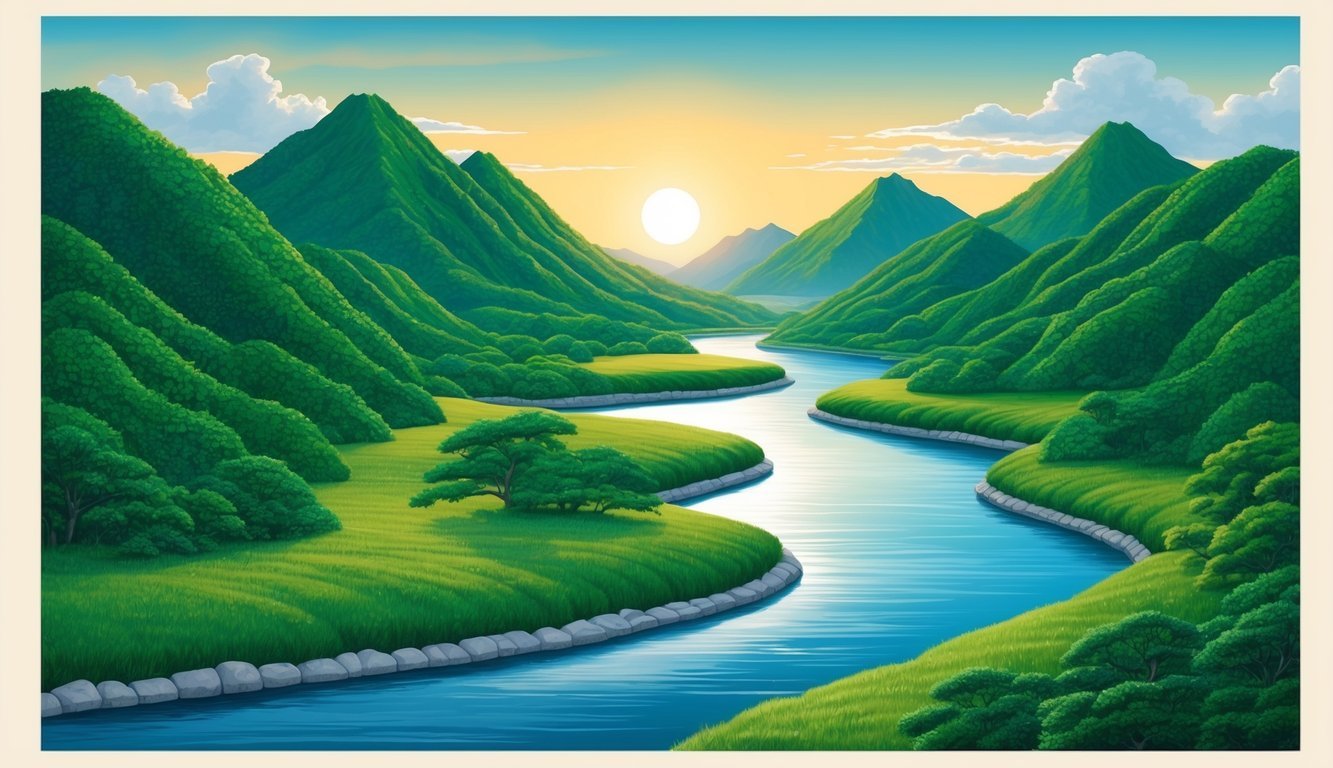
Sendai is surrounded by stunning natural landscapes.
From beautiful coastal areas to breathtaking mountain scenery, you’ll find a diverse range of geography to explore.
Matsushima Bay
Matsushima Bay is famous for its picturesque views and numerous islands.
It features over 200 small islands covered with pine trees, making it one of Japan’s top scenic spots.
You can take a boat tour to explore these islands up close or enjoy views from various observation points.
The bay is also home to several temples and shrines, adding cultural significance to its natural beauty.
Try the local oysters, as Matsushima is known for its fresh seafood.
With its stunning sunsets and vibrant marine life, Matsushima Bay is a must-see for any visitor.
Naruko Gorge
Naruko Gorge is a spectacular destination that showcases the beauty of Tohoku’s natural scenery.
Known for its colorful foliage in autumn, the gorge offers hiking trails that meander alongside the river.
As you walk, you can enjoy views of dramatic cliffs and lush greenery.
The area has several scenic spots to take photos, such as the famous “Kakunodate Stone Bridge.” You might also notice hot springs nearby, inviting you to relax after a day of exploring.
This spot combines adventure and tranquility, making it an excellent choice for nature lovers.
Zao and Okama Crater
Zao is part of the Zao mountain range and is known for its stunning landscapes.
The Okama Crater, which is a volcanic crater, offers breathtaking views of a vibrant emerald lake at its center.
This area is popular for skiing in winter and hiking in summer.
You can enjoy various activities, from snowboarding to experiencing the unique volcanic activity.
The surrounding area is also rich in flora and fauna, making each visit special.
Don’t miss the chance to see the famous “Juhyo,” or frost-covered trees, in winter.
Zao offers a little something for everyone, whether you’re seeking adventure or relaxation.
Local Cuisine
Sendai is a treasure trove of unique dishes that reflect its rich culture.
From heartwarming comfort foods to seafood delights, the local cuisine is sure to satisfy your taste buds.
Famous Foods
One of Sendai’s standout dishes is gyutan, or grilled beef tongue.
This delicacy became popular after World War II and is now a must-try for visitors.
Tender and flavorful, it’s commonly served with rice and pickles.
Another local favorite is zundamochi, a sweet treat made from mashed edamame beans mixed with sugar.
It’s often enjoyed as a snack or dessert, served on rice cakes.
Many local shops sell zundamochi, so you’ll have plenty of chances to taste this unique sweet.
Fresh seafood is also a highlight. Harako-meshi, or rice topped with fish eggs, showcases the region’s access to the Sanriku coastline.
This dish is not only delicious but also a vibrant part of Sendai’s food culture.
Restaurants and Dining
When visiting Sendai, you’ll find a range of dining options, perfect for trying local dishes.
A popular spot for gyutan is Aji Tasuke, known for its flavorful grilled beef tongue.
It’s been serving this dish since the 1950s and remains a local favorite.
For a taste of zundamochi, check out Zunda Saryo, a cafe dedicated to this sweet treat.
They offer various desserts, all featuring the signature edamame flavor.
It’s a great place to relax and enjoy something uniquely Sendai.
Don’t forget to visit the local markets, where you can find fresh seafood and other regional specialties.
Engaging with local vendors adds to the experience and gives you a true taste of Sendai.
Leisure and Activities
In Sendai, you can enjoy a range of leisure activities that cater to many interests.
Whether you love the outdoors, shopping, or relaxation, there’s something for everyone in this vibrant city.
Outdoor Adventures
Sendai offers plenty of outdoor adventures to keep you engaged.
Explore Matsushima Bay, famous for its stunning views and islets.
You can take a boat tour to get up close to the picturesque scenery.
For hiking enthusiasts, Zao Mountain is a must-visit.
Trails here lead you through beautiful landscapes and rewarding viewpoints.
You might also want to check out Akiu Waterfall.
It’s not only a great hiking spot but perfect for a picnic.
If you’re into winter sports, the Zao Ski Resort offers excellent skiing opportunities during the colder months.
Shopping and Entertainment
Shopping in Sendai is an exciting experience. Sendaiko Plaza is perfect for finding everything from clothing to unique souvenirs.
For a local vibe, visit Ichibancho Shopping Street.
Here, you can sample local snacks while browsing through various shops.
As evening falls, the nightlife comes alive. Kokusai-dori is filled with fun bars and clubs, so you can enjoy live music or a quiet drink.
After shopping, don’t miss out on the bustling shopping centers like Sendai Mitsukoshi for more upscale options.
Wellness and Spa
If relaxation is on your agenda, Sendai has plenty of options.
You can visit various hot springs (onsen) around the city. Naruko Onsen is one of the most popular, known for its soothing waters and serene surroundings.
There are also several wellness spas that offer treatments to refresh your body and mind.
Consider a traditional Japanese massage for a unique experience.
Many places provide beauty treatments, ensuring you can unwind and pamper yourself after a long day of exploring.
Transportation and Travel Tips
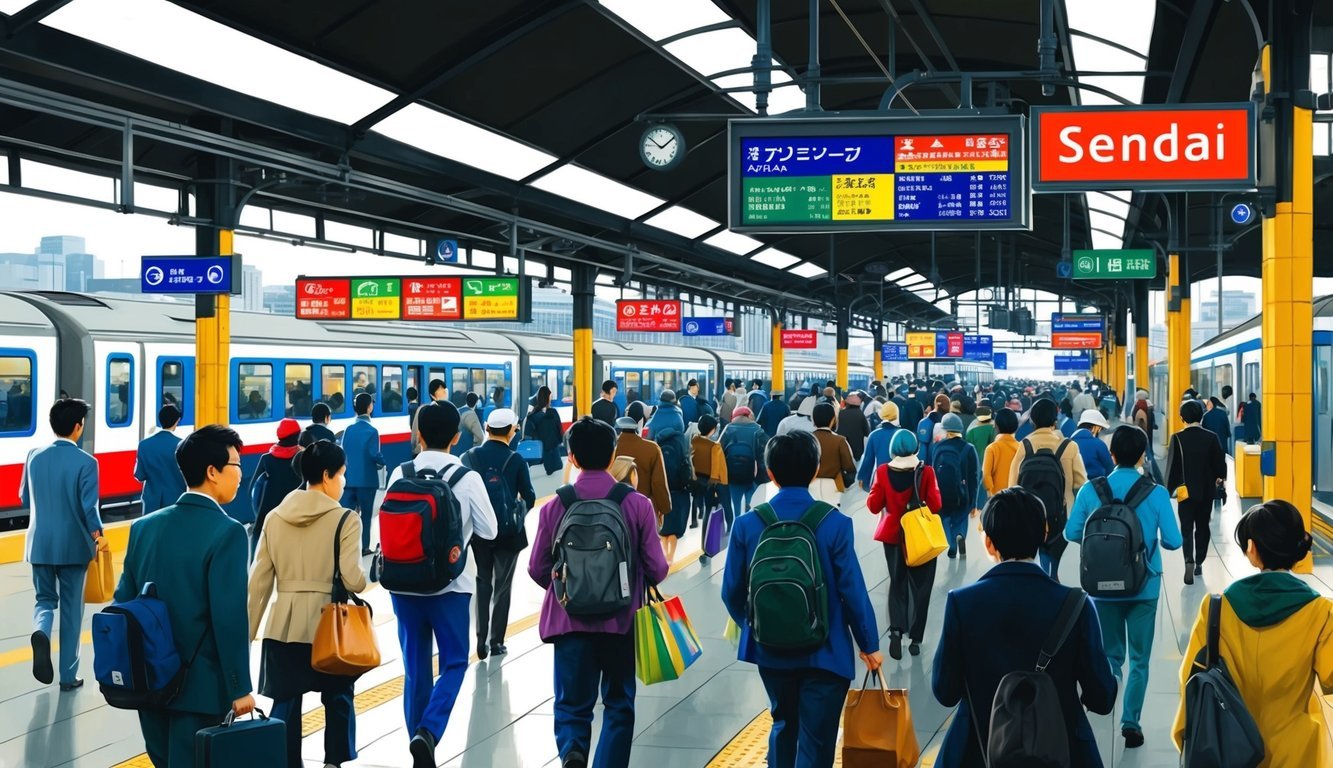
Getting to Sendai and moving around the city is quite straightforward.
You’ll find several transportation options that make your visit easier.
Understanding these can help you make the most of your time in Sendai.
Getting to Sendai
To reach Sendai, you can fly into Sendai Airport, which is about 30 minutes from the city center.
The airport offers both domestic and some international flights.
If you’re in Tokyo, the Shinkansen (bullet train) is a fast and convenient choice.
It takes about 1.5 hours to get to Sendai from Tokyo.
Trains run frequently throughout the day, making it easy to fit into your schedule.
For a more budget-friendly option, you can take a highway bus.
Several companies offer services between Tokyo and Sendai, with travel times around 5.5 hours and fares ranging from ¥3,000 to ¥7,500.
Getting Around the City
Once you’re in Sendai, you’ll find that public transportation is user-friendly.
The Loople bus service is a great way to explore the city.
It offers a circle route with stops at major attractions, departing from Sendai Station every 20 to 30 minutes.
You can also use your JR Pass for local train lines.
The JR Senzan Line and JR Senseki Line make it easy to visit spots like Rinnoji Temple.
For those who want to explore at a slower pace, consider renting a bike. Date Bikes are available for rent and offer a fun way to see the sights up close.
Accommodation Options
Sendai offers a variety of accommodation types to suit different budgets.
From luxury hotels to cozy hostels, you have plenty of choices.
Hotels near Sendai Station provide quick access to transportation and attractions.
Popular options include the Sendai Washington Hotel and Hotel Monterey Sendai.
If you’re looking for something more affordable, hostels like Santiago and Sendai Backpackers offer a friendly atmosphere and are great for meeting fellow travelers.
For longer stays, you might consider serviced apartments, which combine the comfort of home with hotel-like services.
Options such as Daiwa Roynet Hotel also come with kitchen facilities, making them ideal for families.
Safety and Emergency
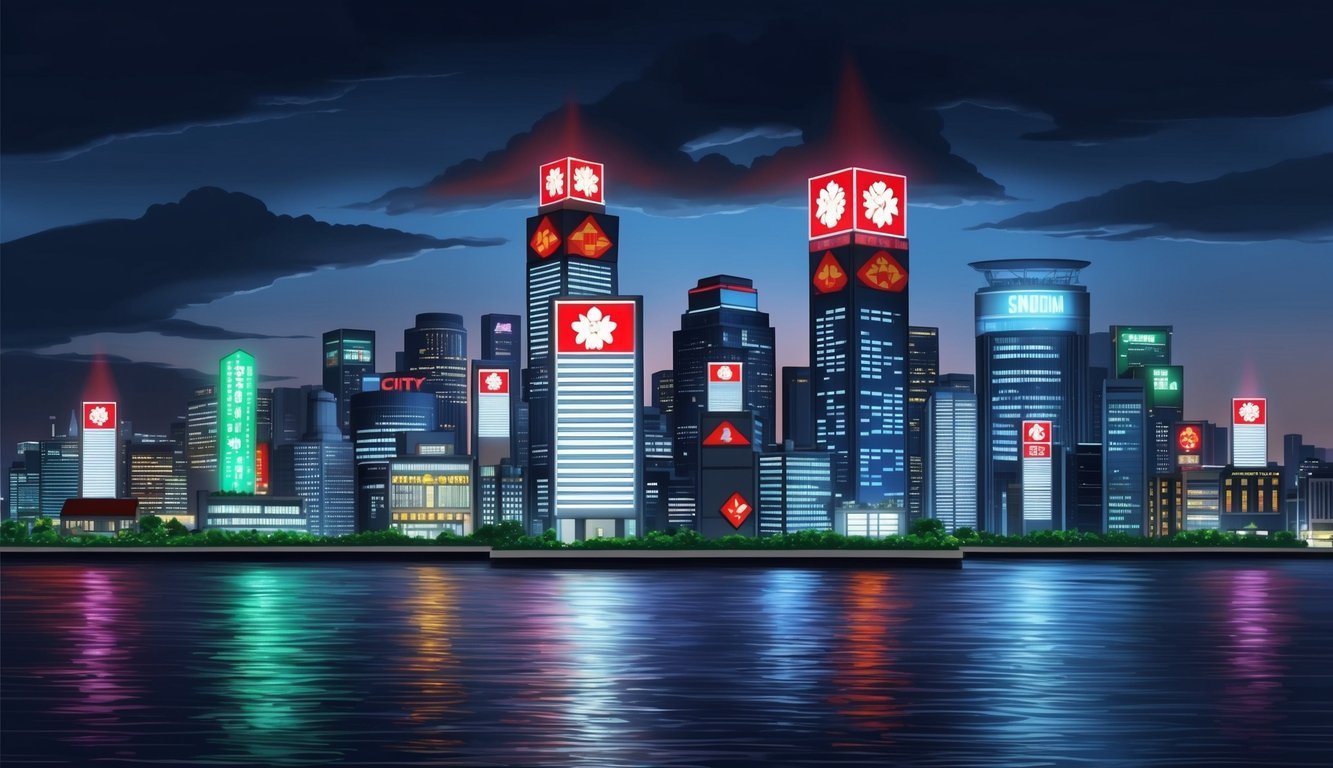
In Sendai, staying safe during earthquakes and tsunamis is crucial.
The city has prepared various measures to protect you in case of these natural disasters.
Earthquake and Tsunami Preparedness
Sendai is well-known for its earthquake and tsunami risk.
Here are key things you should know:
-
Stay Informed: Familiarize yourself with local alert systems. Check websites or apps that provide real-time updates on seismic activity.
-
Evacuation Routes: Know your nearest evacuation facilities. Sendai has 13 tsunami evacuation zones. These include towers and staircases that lead to safety.
-
Emergency Kits: Pack essentials like water, food, a flashlight, and a first-aid kit. It’s good to have these on hand.
-
Drills and Awareness: Participate in local drills if you can. These will help you understand how to respond when a quake hits.
By knowing these steps, you can feel more secure while exploring Sendai.
Frequently Asked Questions
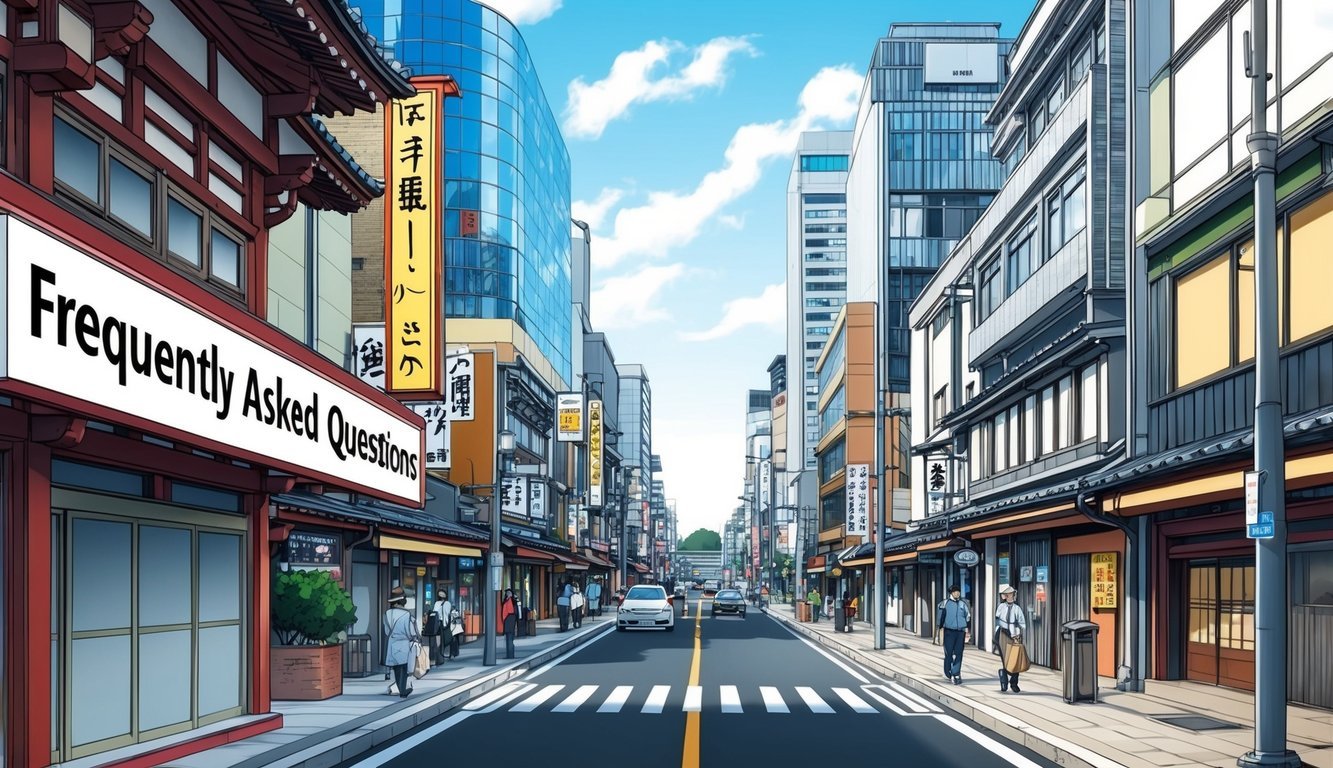
When planning a trip to Sendai, you might have some questions about what to expect.
This city offers fun activities, a unique culture, and its own climate.
Here are some common questions that many travelers ask.
What’s there to do in Sendai for fun?
You can explore many attractions in Sendai.
Visit the historic Sendai Castle for great views or spend time at the nearby Matsushima Bay, known for its stunning islands.
Don’t miss trying some delicious local food, like gyutan (grilled beef tongue) and enjoy seasonal festivals.
What’s Sendai best known for?
Sendai is famous for the Tanabata Festival, which celebrates the meeting of two stars.
The city is also known for its beautiful parks, including Jozenji-dori, and its rich history, especially relating to Date Masamune, a notable feudal lord.
Is Sendai a cool place to visit?
Yes, Sendai offers a mix of urban excitement and natural beauty.
You’ll find friendly locals and a vibrant atmosphere that makes it easy to enjoy.
Whether you’re into shopping, dining, or sightseeing, there’s something for everyone.
Does Sendai get chillier than Tokyo?
Yes, Sendai can get chillier than Tokyo, especially in winter.
While Tokyo usually has milder winters, Sendai experiences cold temperatures and some snowfall.
Wearing layers will help keep you warm if you visit during this season.
What makes Sendai different from Tokyo?
Sendai offers a more laid-back vibe compared to the bustling city of Tokyo.
It has a rich local culture, beautiful parks, and close-knit communities.
This makes it feel more relaxed and less crowded than Tokyo.
How big is the population of Sendai?
Sendai has a population of about 1 million people.
This size gives it a city feel without being overwhelming.
This allows you to enjoy both urban and natural settings.

